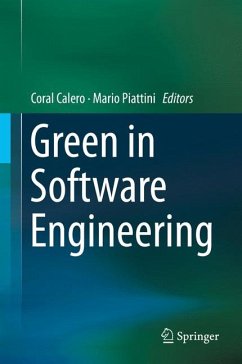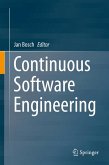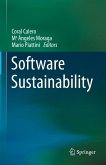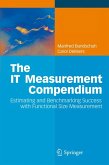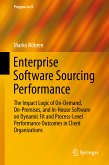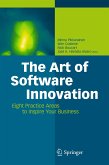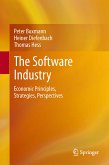The book consists of thirteen chapters, which are structured in five parts. First the "Introduction" gives an overview of the primary general concepts related to Green IT, discussing what Green in Software Engineering is, and how it differs from Green by Software Engineering. Next "Environments, Processes and Construction" presents green software development environments, green software engineering processes, and green software construction in general. The third part, "Economic and Other Qualities," details models for measuring how well software supports green software engineering techniques, and for performing trade-off analyses between alternative green practices from an economic perspective. "Software Development Process" then details techniques for incorporating green aspects at various stages of software development, including requirements engineering, design, testing, and maintenance. In closing, "Practical Issues" addresses the repercussions of green software engineering on decision-making, stakeholder participation, and innovation management.
The audience for this book includes software engineering researchers in academia and industry seeking to understand the challenges and impact of green aspects in software engineering, as well as practitioners interested in learning about the state of the art in Green in Software Engineering.
Dieser Download kann aus rechtlichen Gründen nur mit Rechnungsadresse in A, B, BG, CY, CZ, D, DK, EW, E, FIN, F, GR, HR, H, IRL, I, LT, L, LR, M, NL, PL, P, R, S, SLO, SK ausgeliefert werden.
"An overview of numerous green aspects of software engineering is provided in this book. ... This is one of the first detailed overviews of green aspects in software engineering. ... it can be recommended to all readers interested in the field regardless of previous knowledge." (M. Ivanovic, Computing Reviews, September, 2015)

